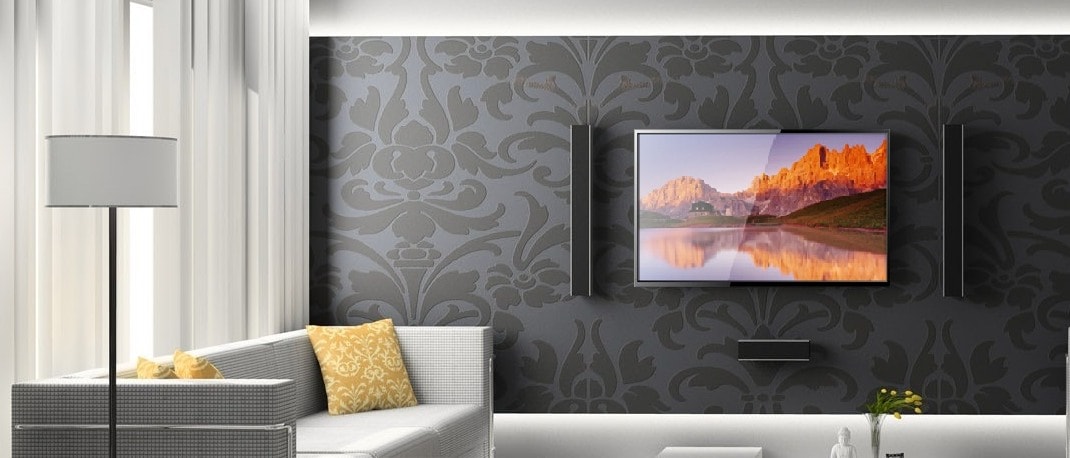Virtual reality headsets have been a dream for decades. Early prototypes that go back to the mid-80s and 90s were bulky and unrealistic attempts. There have been phases and there have been failures. The technology seemed simple enough, but the processing power needed to deliver realistic graphics simply did not exist at the time. A quarter of a century later, the mainstream computing landscape resembles little of the years past. Performance of mainframes of the time can be found in hardware that run a smartwatch. It feels like the time now is ripe, for Apple to take on the evasive Virtual Reality headset challenge.
Recent advancements into the realms of Virtual Reality have been by brands like HTC, Oculus-Meta, Sony among others. Their products have been predominantly dependent on external hardware such as a gaming PC or console. The headsets cost quite a lot, but the investment required in a capable gaming PC is even more. Apple’s newly announced Vision Pro at WWDC 2023, seems to solve most of those problems, barring the price. The product is a standalone device, connected to nothing, expect maybe a power cable.
Apple has the experience and expertise of making their successful line of products. No one doubts the success of the iPhones, iPads, MacBooks and the latest, Apple Watch. Where other brands have seen little success when it comes to VR, Apple’s Vision Pro seems to have everyone’s attention. The Vision Pro promises a lot. It blends what you see in the world around you, with the world of Apple’s new OS for VR – visionOS. Apps, games and movies appear larger than life, with either your own surroundings, or those of your choice. Apple showed off movies being played on a massive screen floating upon a lake. It looked very impressive! 
These grand visuals are rendered using two high-density displays. Apple says the displays for each have more pixels than a 4K TV. There are provisions made for inserting Zeiss lenses for those who need to wear spectacles. They are easy to install, thanks to the built-in magnets. Apple has thought of everything. Poor quality displays have been a sore point on recent headsets. This gave users a mild headache or they felt like the quality wasn’t good enough. The true test of Apple’s high-density display is being able to setup multiple virtual display in the virtual reality space.
One of the challenges of virtual and augmented reality is interacting with the elements in your view. One method is using physical controllers, but Apple insists your finger and hand gestures are enough. Another aspect rarely explored is tracking the wearer’s eyes and using eye motions to focus on objects in the virtual space.
Some of the most important sensors are the infrared ones that work along with accurate LEDs to track your eyes and where they are looking. There are LiDAR and TrueDepth sensors that also make a virtual map of your surroundings, which helps with the overlaying of graphical elements from visionOS onto the environment. This is what helps the Vision Pro know what to focus on, when you use finger gestures to tap, drag or swipe on something. There are no pesky controllers or straps on your wrist. Your hands and fingers are closely tracked using cameras placed under the headset. There are also microphones to hear voice commands, in the same way you might have on an iPhone or iPad. You can fill in text boxes and type with your voice. 
The room and acoustics measurements help another element of the Vision Pro – the sound. The audio ray tracing feature helps identify the physical properties of your furniture and surroundings, to create this acoustic ambience image. The two sound pods built into the headset, use this information to render sound as if they were originating from the room, not the headset. Apple calls this feature Ambient Spatial Audio.
All this tracking and making sense of the motions are the job of two processors. The first is the familiar, Apple M2 processor, the same seen on the latest MacBooks, and the second is a new processor called the R1, that’s meant to collect all the information from the sensor to offer a real-time, lag-free interactive experience. All this hardware means there is a lot going on in a space as compact as the Vision Pro. Apple has ensured the cooling on the Vision Pro is effective. There is also an external battery unit that can keep the Vision Pro powered for 2 hours. This should be handy, if you plan on using the Vision Pro on the go. 
The Apple Vision Pro lets you see what’s outside, but it also lets those outside, see you. On the surface is an OLED screen that projects your eyes to those outside when you’re working. When you’re watching content, it plays a dynamic coloured pattern to let people know you are occupied. It’s very different from what we have seen in VR and AR headsets, and we will need to know how this may be useful. For now, it’s main purpose maybe to let you talk to others around you, at say a workplace without having to remove the headset. This feature as funny as it sounds, is called EyeSight.
The outside also has a 3D camera built into it, that can be triggered using a button at the top. Photos captured while wearing the headset look and feel different. The audio recorded also feels like you’re present in the moment, in the photos that you capture. The Vision Pro can be used as a video conferencing tool. Because there is no camera outside capturing your visuals, the Vision Pro’s external cameras can be used to record a 3D map of your face, then a realistic avatar is used in place, for video calls using the facial gestures.
The software ecosystem around the Vision Pro should make Apple users feel at home. All the familiar apps you can think of, Apple TV, Apple Music, Photos, Messages, among others were available on the demo units at the announcement event. Apple has announced the Vision Pro roughly a year in advance too so there is ample time for the app ecosystem around the Vision Pro to grow. All the resources needed for developers are already made available. Apple showed off its own ideas of the use of its hardware, so it will be interesting to see what creative developers do with it.
One of the things that makes users have second thoughts about VR headsets is their design and how comfortable they may be to use. Apple has taken care on how the Vision Pro feels when worn. The straps are adjustable using something called a Fit Dial and the fabric used on the headset is said to be comfortable. It’s rigid enough to hold the headset firmly in place but also allow for enough breathability. The construction of the entire unit is using laminated glass on the outside, and an aluminium alloy frame that offers rigidity and strength to the product. The softer cushioned part of the headset wraps around your face allowing no light to enter the headset.
The Apple Vision Pro is an extraordinary product with a lot to it. It feels futuristic but with realistic expectations. It’s still early days to know how the Apple Vision Pro will be, and when and if it comes to India at launch. What is truly exiting is to see if it succeeds and spawns a range of products with that direction. If it works, it can change the way we work and play, forever. For now, stay tuned to reliancedigital.in if you like being in touch on the latest in technology. If you like experiencing hardware, there is no better place than your nearest Reliance Digital store.
Apple Vision Pro – Finally, a realistic VR headset?



